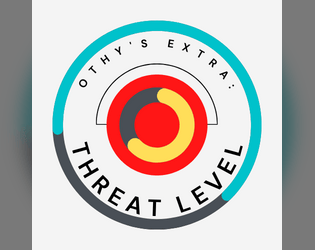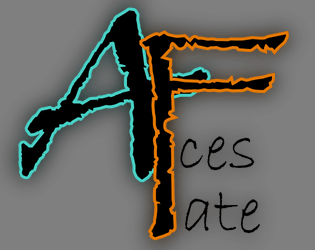Glad to see you like it! Thank you for your comment.
You're right about the lack of details about how to define a turn's end, I think I had it pictured in my mind but failed to completely right it down. You guessed right though, it's just one opposition roll.
I never thought about combos, but now I can see how I can extend this part to add more flavour, it's a neat idea, be sure I'll try to make it to a v2.
I should write an AP using this system, I know at least one person uses it and loves it, but I only tested on small oneshots myself. Maybe it's time for a new round.



